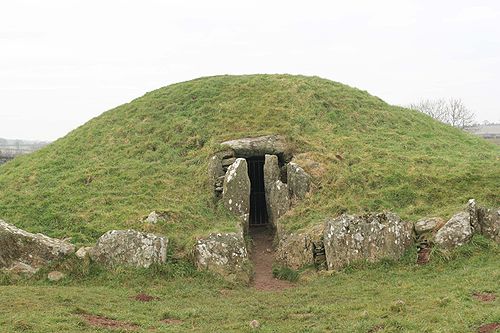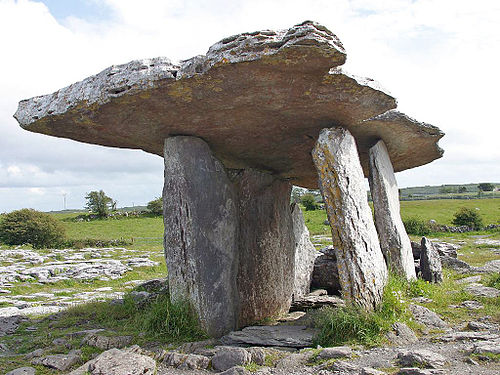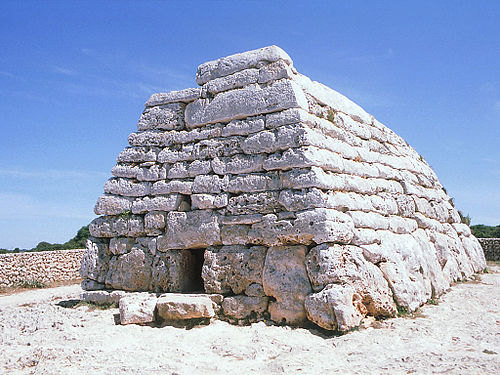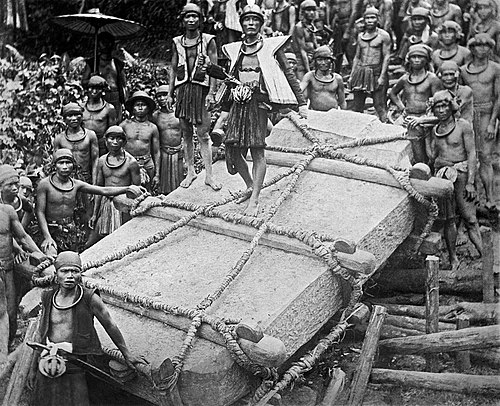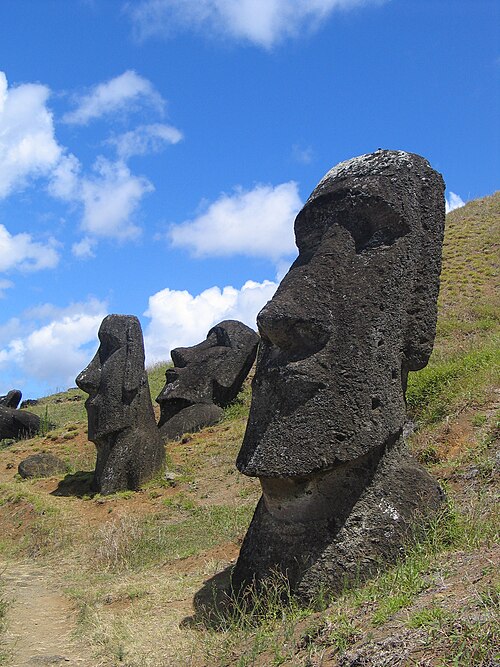Monolithnoun
A large single block of stone, used in architecture and sculpture.
Monolithnoun
Anything massive, uniform and unmovable.
Monolithnoun
A continuous stationary-phase cast as a homogeneous column in a single piece.
Monolithnoun
A single stone, especially one of large size, shaped into a pillar, statue, or monument.
Monolithnoun
a single great stone (often in the form of a column or obelisk)
Monolithnoun
a large single upright block of stone, especially one shaped into or serving as a pillar or monument
Monolithnoun
a very large and characterless building
Monolithnoun
a large block of concrete sunk in water, e.g. in the building of a dock.
Monolithnoun
a large, impersonal political, corporate, or social structure regarded as indivisible and slow to change
Monolith
A monolith is a geological feature consisting of a single massive stone or rock, such as some mountains. Erosion usually exposes the geological formations, which are often made of very hard and solid igneous or metamorphic rock.
Megalithnoun
(archaeology) A construction involving one or several roughly hewn stone slabs of great size.
Megalithnoun
A large stone used in such a construction.
Megalithnoun
A large stone; especially, a large stone used in constructing ancient monuments.
Megalithnoun
memorial consisting of a very large stone forming part of a prehistoric structure (especially in western Europe)
Megalithnoun
a large stone that forms a prehistoric monument (e.g. a standing stone) or part of one (e.g. a stone circle)
Megalith
A megalith is a large prehistoric stone that has been used to construct a structure or monument, either alone or together with other stones. There are over 35,000 in Europe alone, located widely from Sweden to the Mediterranean sea.The word was first used in 1849 by the British antiquarian Algernon Herbert in reference to Stonehenge and derives from the Ancient Greek.



















